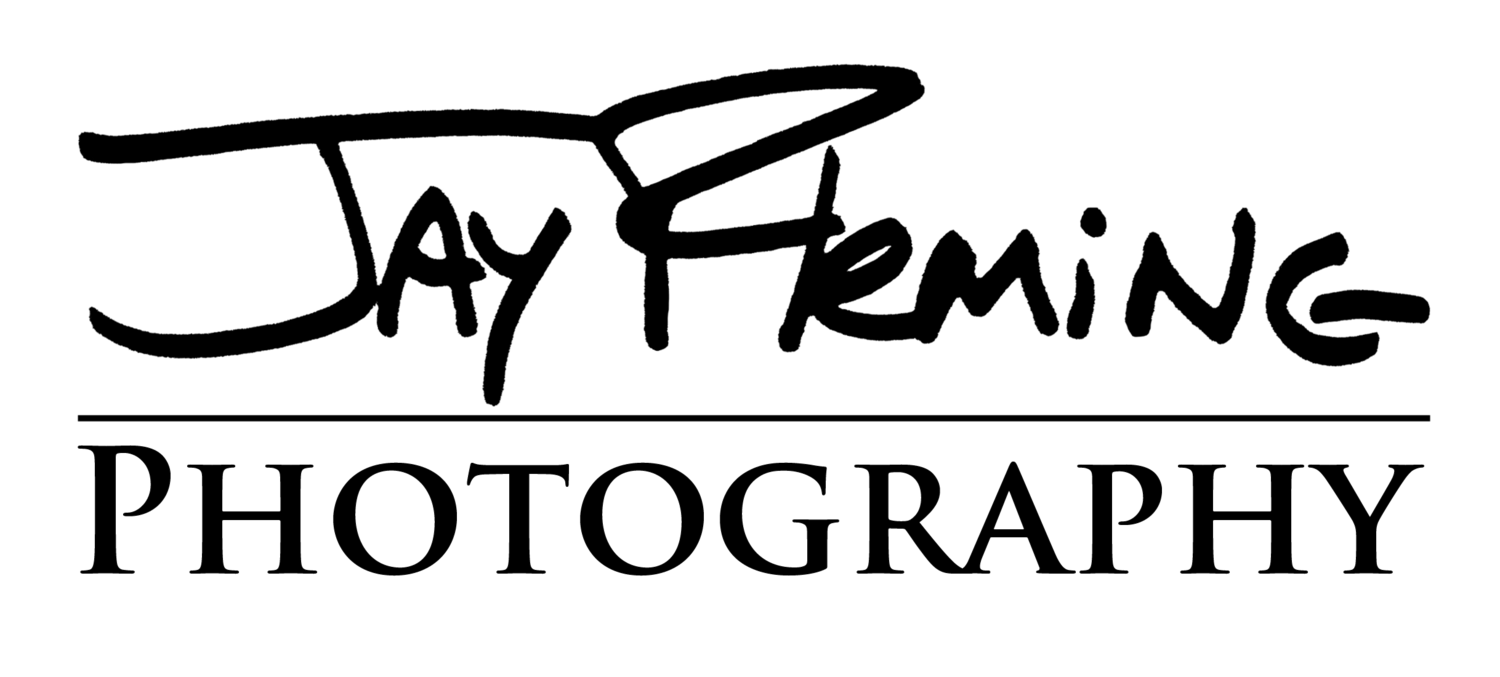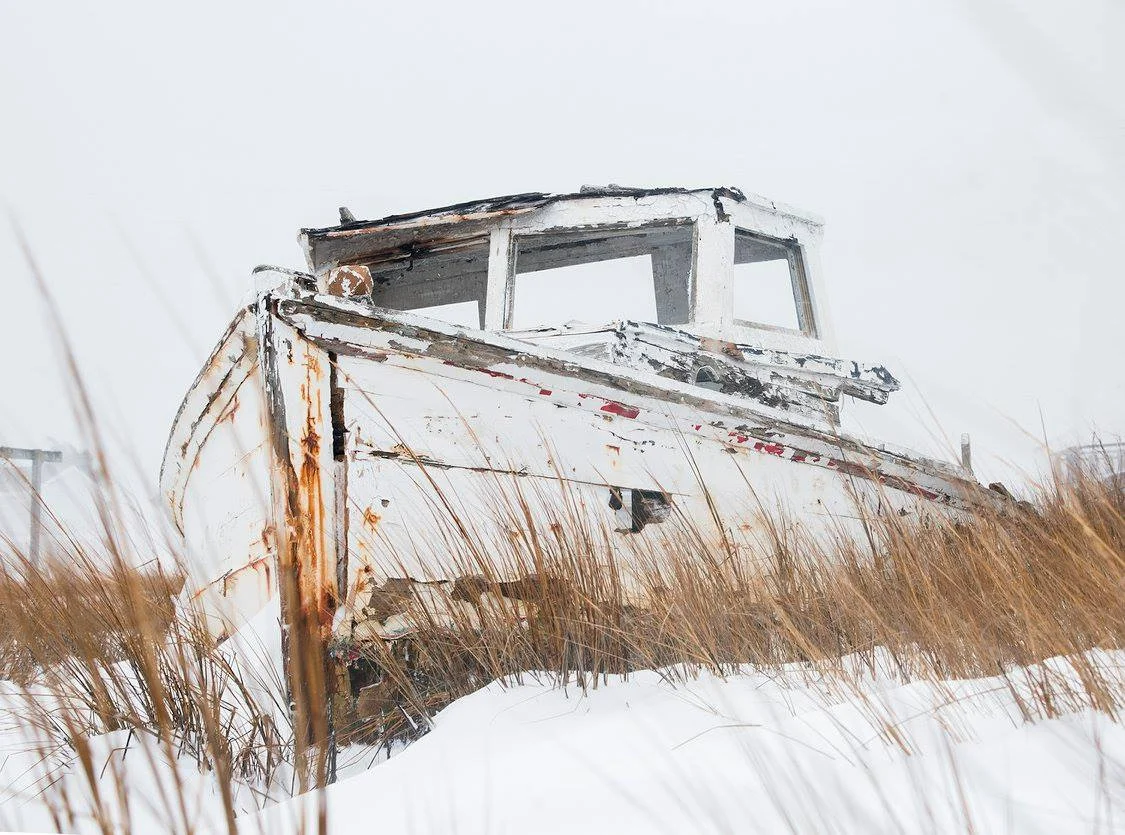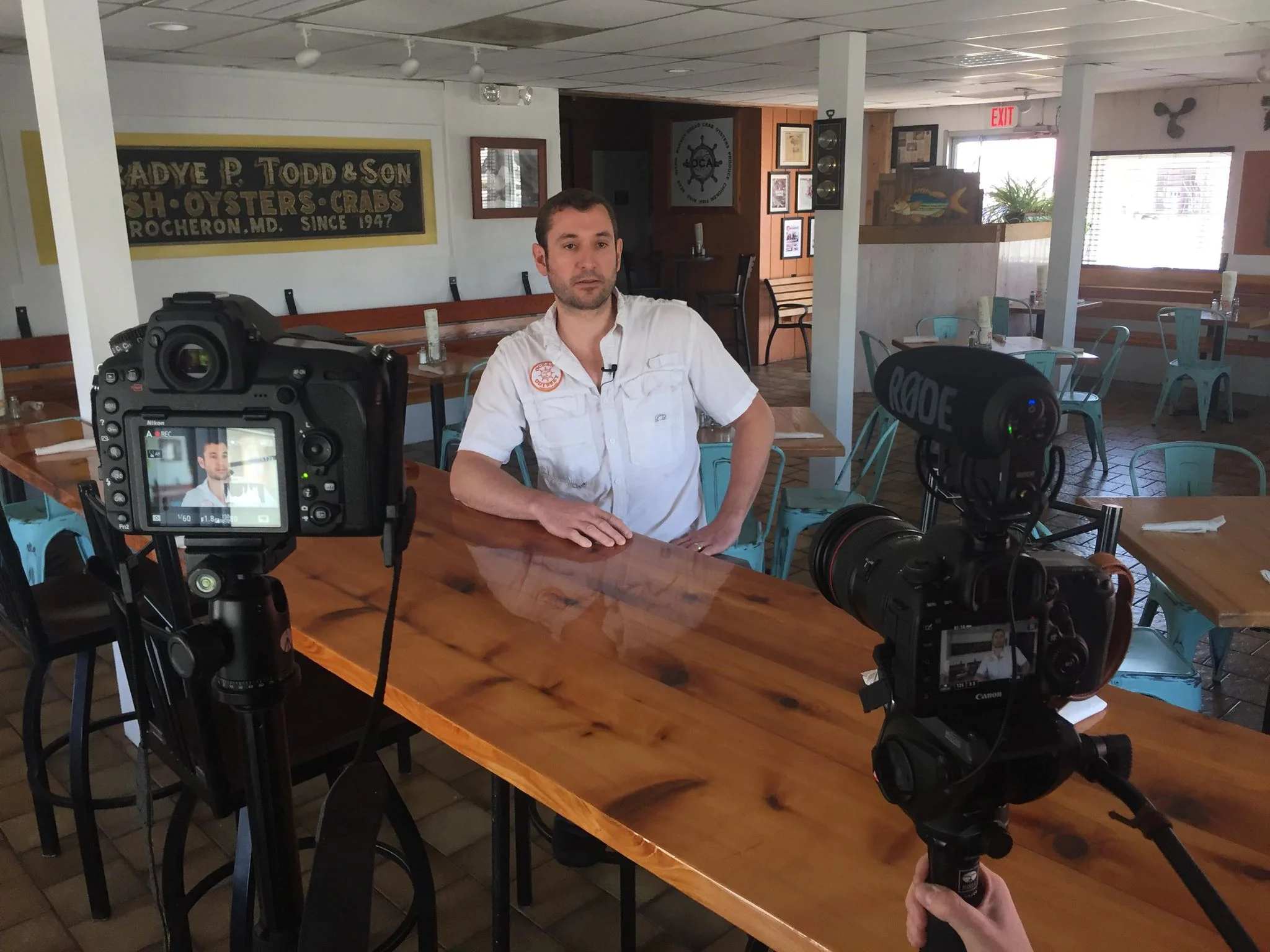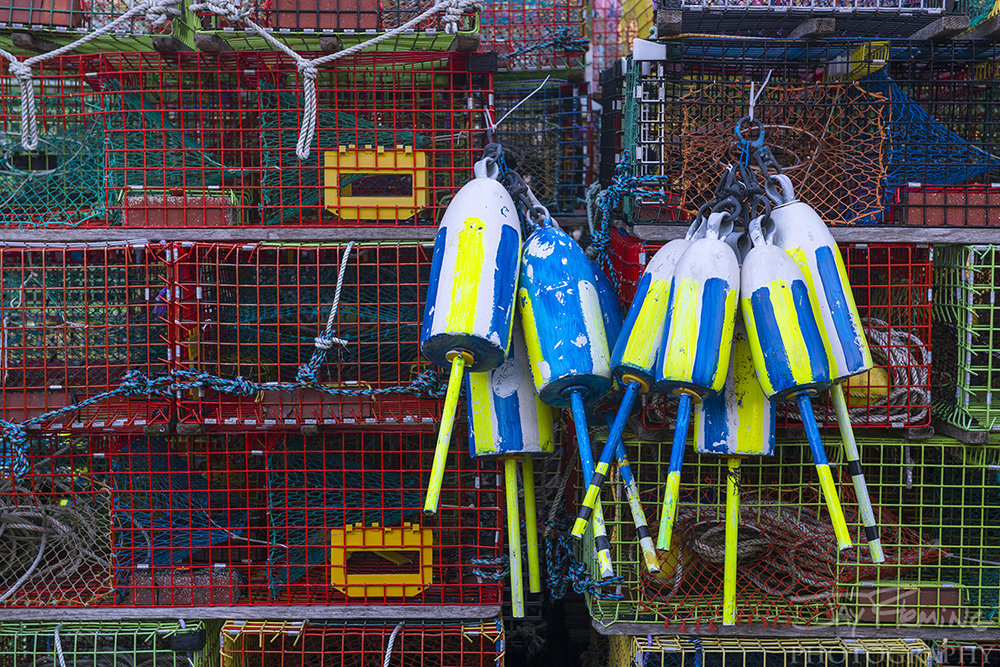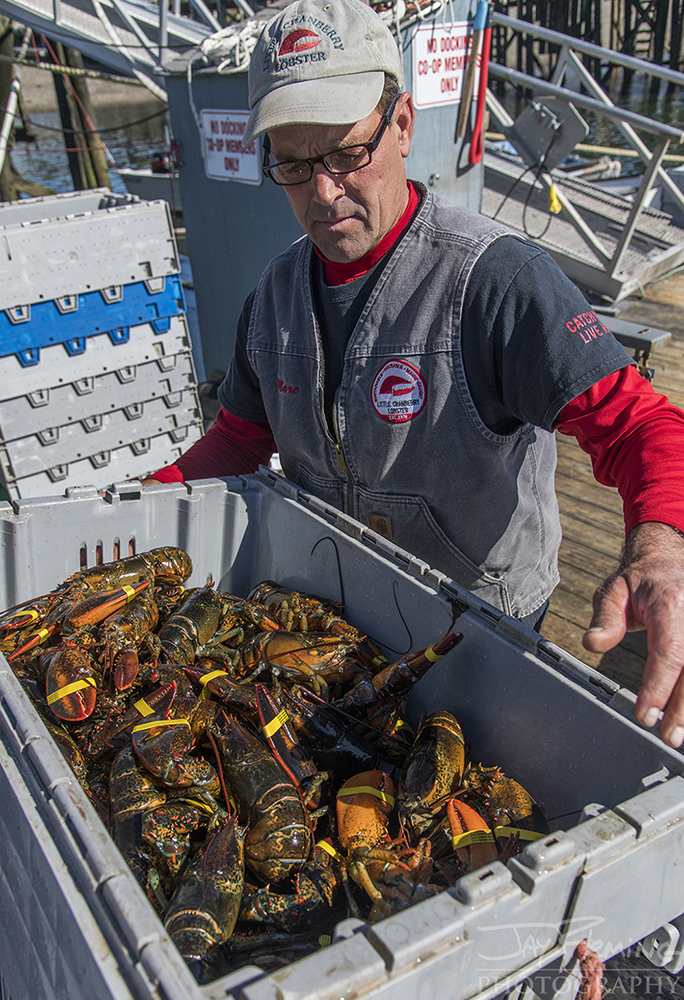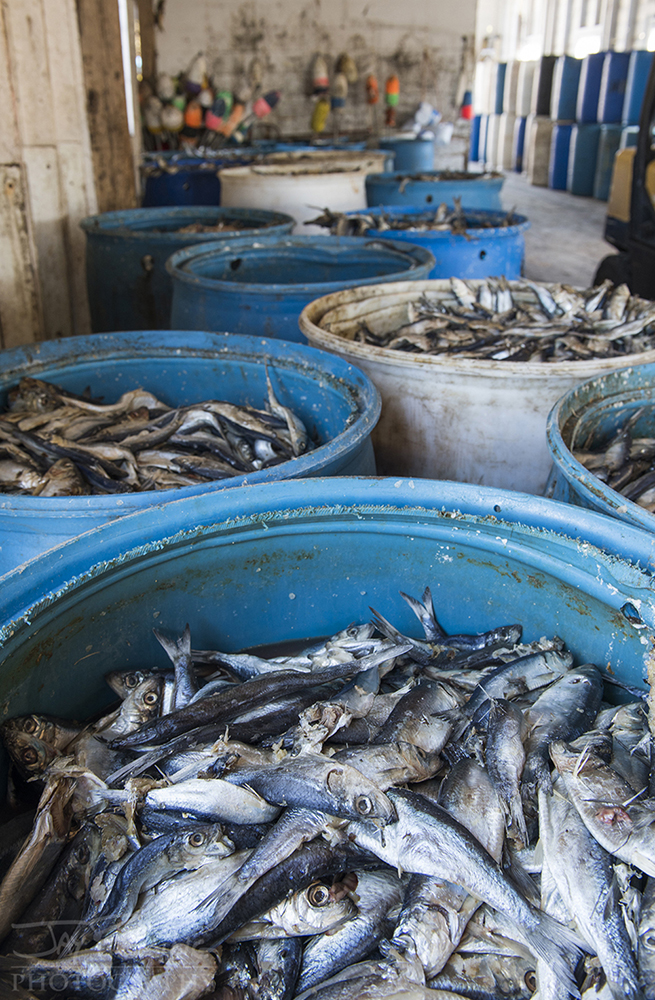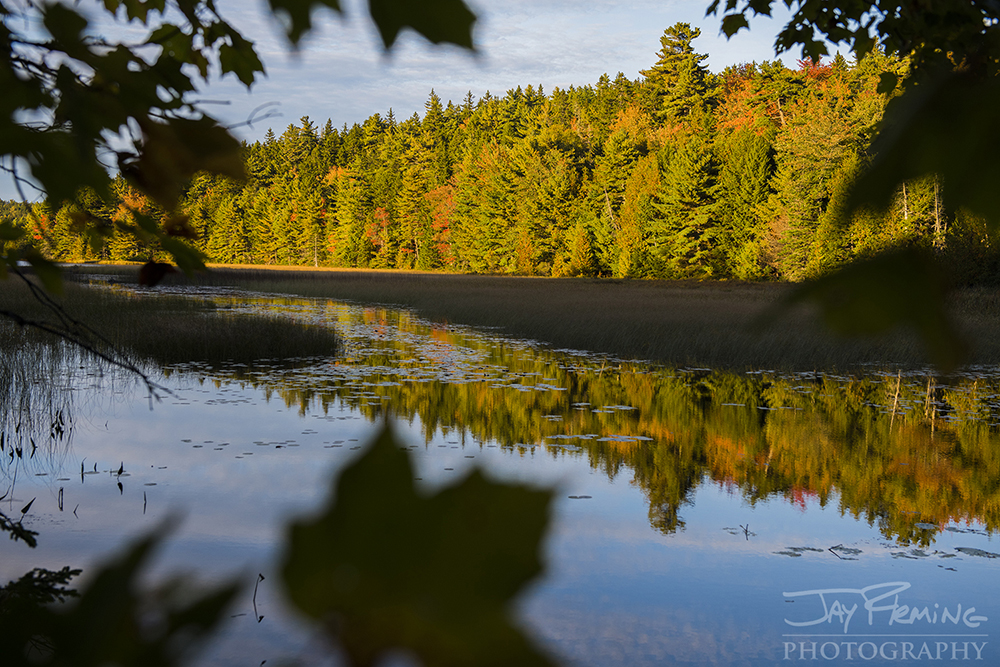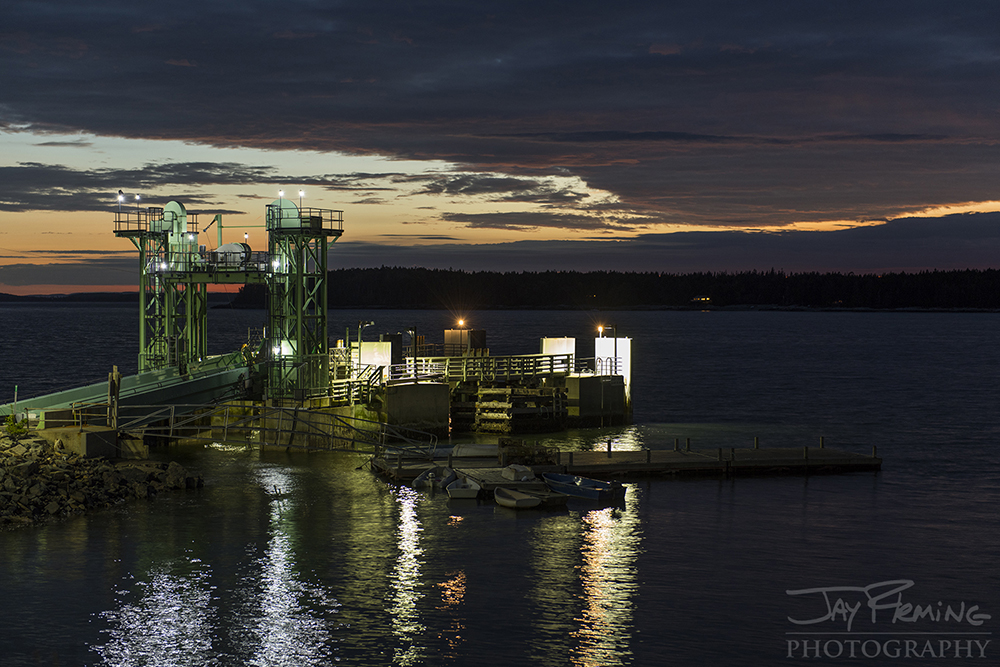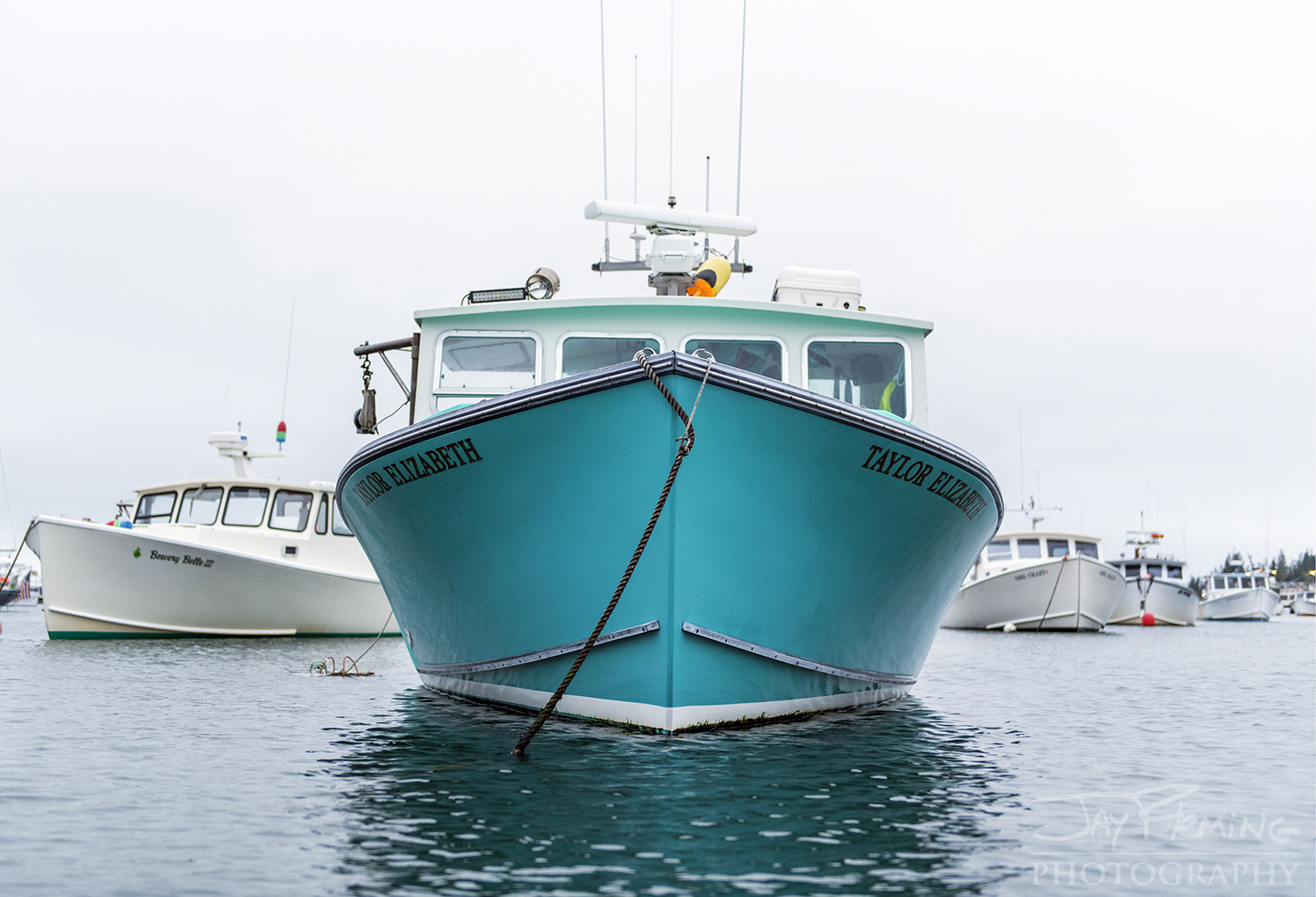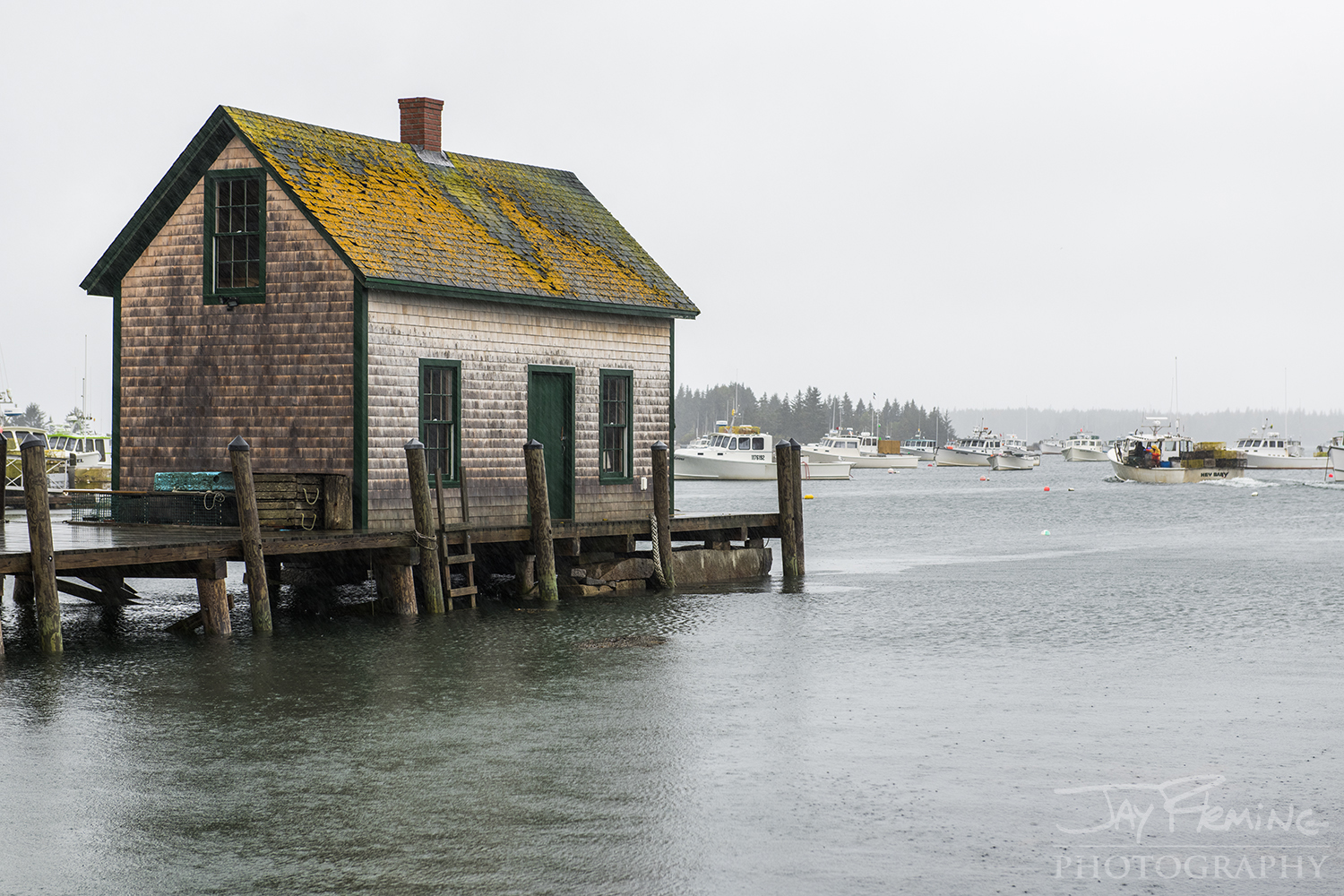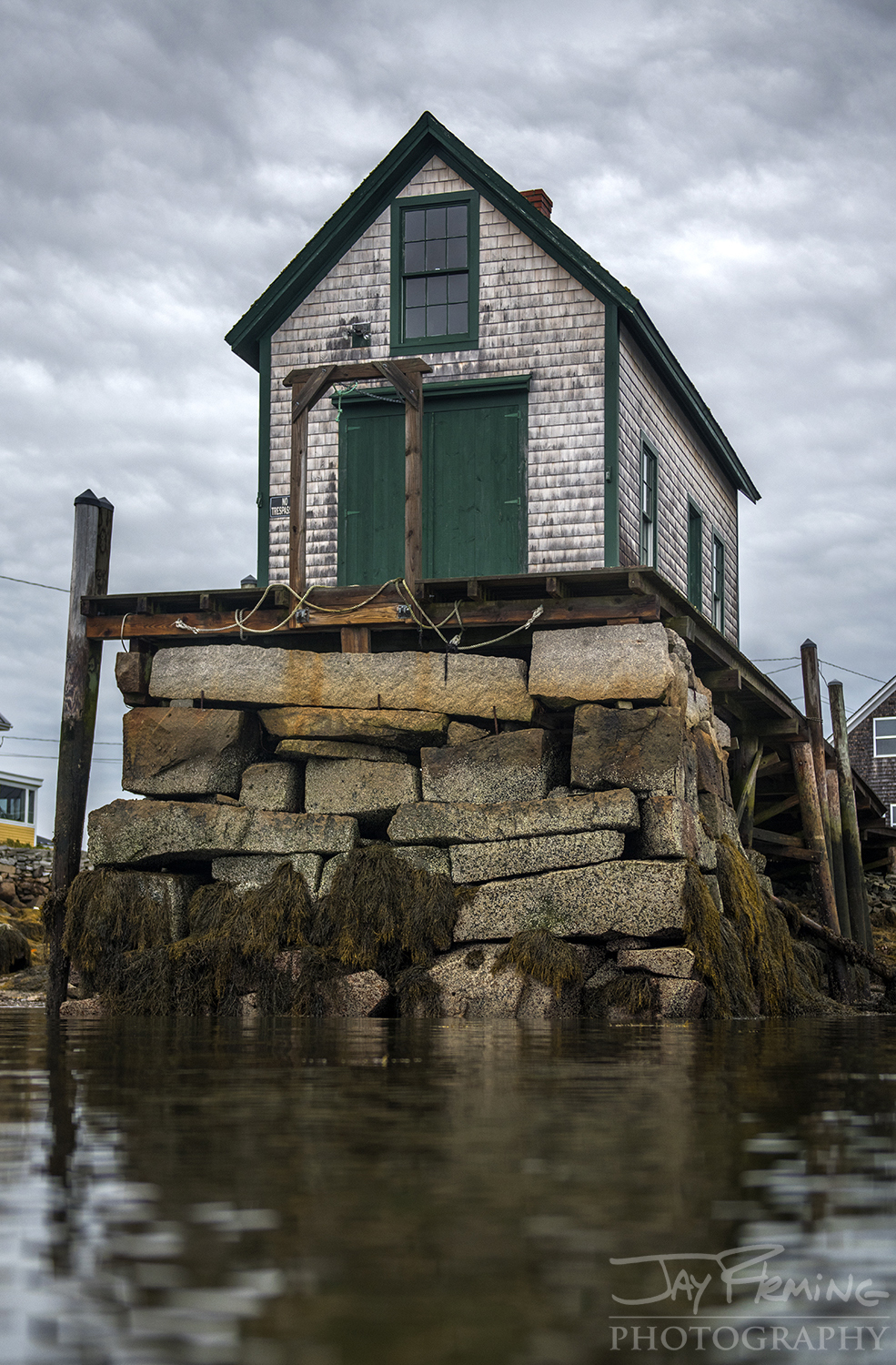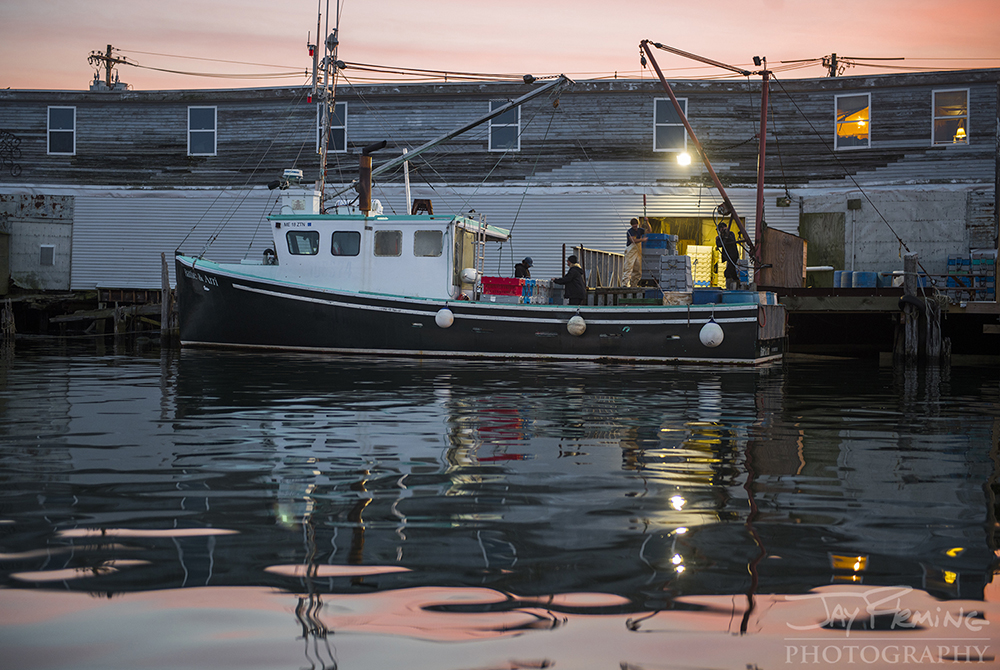Spent the first afternoon of the new year out on the water looking for fossils on a Chesapeake tidal river. Chesapecten jeffersonius (extinct species of scallop) and other shells were abundant in different layers of the eroding shoreline. Some of these shells date back up to 8 million years ago when parts of the Chesapeake region were covered in shallow seas.
2018 Year-in-Review
Scroll through the post below to see highlights from 2018 - looking forward to more adventures on the Chesapeake Bay and beyond in 2019!
Tangier Island Freeze-Up: stuck on Tangier Island for six days during a freeze up in January 2019 with nothing to do but shoot pictures.
Continued shooting for my forthcoming book, Island Life - expect release in the fall of 2021.
Great photography outings on the Chesapeake Bay
Travel to Louisiana and Maine to photograph commercial fisheries
26 Photography workshops with over 90 students
Work published in over 25 regional and national publications.
Solo exhibitions: Island Life at the Academy Art Museum in Easton, Maryland from August to November. Working the Water at Maryland Hall Center for the Creative Arts in Annapolis, Maryland from September to November.
Launch of my 22’ Privateer, Carla Marie, after being rebuilt. Featured as the cover story in the October 2018 issue of Chesapeake Bay Magazine.
Featured in filmmaker Patrick McNamara’s series Artisan Portrait
Working the Water went into it’s third printing less than two years after being released
Instillations of framed work at homes and businesses.
Events, Exhibits, Lectures and Parties
Commercial assignments covering a wide variety of subjects
Great times with family and friends
Photography Contest - 2018 Photography Workshops
To celebrate a great year of photography workshops on the Chesapeake Bay, I am hosting a photography contest that is open to all of the participants from the 2018 workshops. Photographs taken on the 2018 workshops are eligible for entry under the following three categories - Wildlife, Landscape and People.
To Enter send up to one entry per category to jaypfleming@gmail.com
- File Requirements -
.JPEG files, 1-2 mb in size, labeled as seen below with name of entrant and category.
'JayFlemingWildlife.jpeg'
- Deadline to Enter -
February 1st, 2019
- Judging -
Judging will be done by Gerry Valerio, former National Geographic Magazine designer and book designer
- Prizes -
Grand Prize: 20x30 framed canvas of winning photograph
1st Place Wildlife: Admission for November 2019 oystering workshop (date TBA)
1st Place Landscape: Admission for November 2019 oystering workshop (date TBA)
1st Place People: Admission for November 2019 oystering workshop (date TBA)
Maine Coast - October 2018
In early October of this year, I carved 10 days out of my schedule to visit the coast of Maine. With help from the staff at the Island Institute, I made an itinerary that involved visiting three of Maine’s offshore island lobstering communities - Matinicus, Islesford and Vinalhaven. The Island Institute works to sustain Maine's island and remote coastal communities, and exchanges ideas and experiences to further the sustainability of the island communities. I had connected with the Island Institute through my involvement with the organization Smith Island United - a group dedicated to preserving the culture, environment and history on Maryland’s only inhabited offshore island in the Chesapeake Bay. The Island Institute was able to connect me with fisherman to photograph out of Islesford and Matinicus, and through a friend on Tangier Island, I was able to connect with a fisherman on Vinalhaven to go lobstering with.
Matinicus Island
Lobster gear on a wharf at Matinicus Island.
Lobstermen use the extreme tidal range to their advantage when working on and cleaning the bottom of their workboats. Wet Bugs at the Matinicus Island Harbor.
Workboats tie up abreast to the ‘lobster cart’ in the harbor at Matinicus to sell their catch. The lobster buyer will run the lobsters into Rockland, Maine after each day of buying.
Aerial view of a workboat moored in the harbor at Matinicus Island.
Lobsterman, Clayton Philbrook, rowing his skiff back to the wharf after a day of lobstering out of Matinicus Island.
Eli Philbrook, grandson of lobsterman Clayton Philbrook, plays in his grandfathers freshly painted buoys.
Colorful lobster gear on the wharf at Matinicus Island.
Rocky shoreline on Matinicus Island.
Islesford - Cranberry Islands
Cranberry Isles Fisherman’s Co-Op fisherman, Andy Moody.
Cranberry Isles Fisherman’s Co-Op fisherman, David Thomas and his crew hauling traps at first light.
Block and tackle used to haul up lobster pots.
Banding prevents the lobster from being able to use their claws after being caught.
Cranberry Isles Fisherman’s Co-Op bands.
Female lobsters carry eggs on the underside of their tail (left). When caught in a trap, these lobsters are released and notched. Notching the lobsters tail identifies that particular lobster as a reproducing female even after she lays her eggs. All notched lobsters are required to be released to help ensure the sustainability of the lobster fishery.
Detail of the egg bearing female lobster pictured above.
The tail of a lobster.
Lobsters are kept alive in holding tanks with recirculating water on the workboats after being pulled out of the traps.
Lobster being unloaded from a workboat’s holding tank into the Cranberry Isles Fisherman’s Co-Op holding containers.
The holding containers can house up to 90 pounds of live lobsters. These are stored in the water to keep the lobsters alive.
Loading the holding containers full of lobster into the Cranberry Isles Fisherman’s Co-Op boat Dividend.
The bait shed at the Cranberry Isles Fisherman’s Co-Op.
Barrels of Salted Herring ready to be used as bait.
Salt preserves bait like these Menhaden and allows for non-refrigerated storage.
Mount Desert Island
Fall colors in and around Acadia National Park.
Wild mushrooms in Acadia National Park.
Looking east from the summit of Cadillac Mountain, Maine’s highest peak.
Lichens on a rock at the summit of Cadillac Mountain.
The ferry terminal at Bass Head on Mount Desert Isle.
Looking east on Southwest Harbor at dawn.
Owls Head
Owls Head light at dawn.
Boats moored in the harbor at Owls Head, Maine.
Vinalhaven
Workboats at dawn on Carvers Harbor.
Jacob Watt working near Saddleback Light in Isle Au Haut Bay.
MaKenzie Hannah working near Saddleback Light.
Hauling traps off Vinalhaven Island.
Measuring a lobster.
Banding tools and bands.
Rockfish (left) and Herring.
Bait bags packed with Herring.
Northern Shrimp caught in a lobster trap.
Jonah Crabs are by-catch of the Lobster fishery.
Vinalhaven lobsterman, Taza Watt.
First Light working lobster pots off Vinalhaven.
Workboats unloading lobster at Linda Bean’s lobster dock on Carver’s Harbor.
Workboats moored in Carver’s Harbor on Vinalhaven Island.
Skiffs tied up to a floating dock on Carver’s Harbor. Skiffs are used to get out to workboats moored out in the harbor.
A floating dock holding lobster gear in Carver’s Harbor.
Carver’s Harbor on Vinalhaven Island.
Working sheds lining the waterfront of Carver’s Harbor on Vinalhaven Island.
An abandoned workboat on Vinalhaven Island.
Detail of the workboat pictured above.
Portland
Harbor Fish Market, an icon of Portland’s working waterfront.
A workboat unloading lobsters at a seafood wholesaler on one of Portland’s commercial piers on the Fore River.
